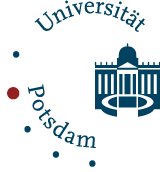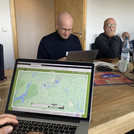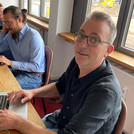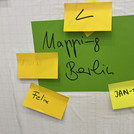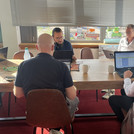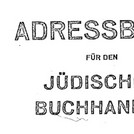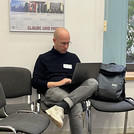Mapping Weimar Jewish Berlin
What is the project about?
Mapping East European Jewish Berlin in the Weimar period and digitally capture the social and cultural fabric of Yiddish, Hebrew, Russian Jewish migrant life.
Who leads the project?
Gerben Zaagsma . Centre for Contemporary and Digital History (C²DH), University of Luxembourg
Who is part of the team?
Jan-Erik Stange - Freie Universität Berlin
Felix Lohmann - Potsdam University
Konrad Niciński - Digital Humanities Centre, Institute of Literary Research, Polish Academy of Sciences
Links
What is the practical use of your research tool for jewish studies? / What can researchers of jewish studies learn/achieve from your project?
As a research tool: gain insights into the spatial and linguistic dimensions of East European Jewish social and cultural life in the Weimar period.
As a future digital public history project: promote knowledge about a digitally largely invisible aspect of prewar Jewish life in Germany.
Which technical methods and tools are used for developing your project and what tools and/or methods do you use for reaching your goal?
Google sheets, OpenRefine, visualisation tools such as Flourish, possibly Nodegoat and Omeka S (future)
How have you approached the project so far?
So far we have mainly created datasets (on the basis of existing research) and turned them into a master list for visualisation purposes. Next steps: visualise and explore options for interlinking with other data.
What can you learn from this project for your own personal research interests?
Gain more experience with data creation/curation and a variety of tools.
What do you expect to achieve in the Hackathon?
Lay the basis for a larger research and digital public history project; gain new skills and experience; establish future collaborations.
